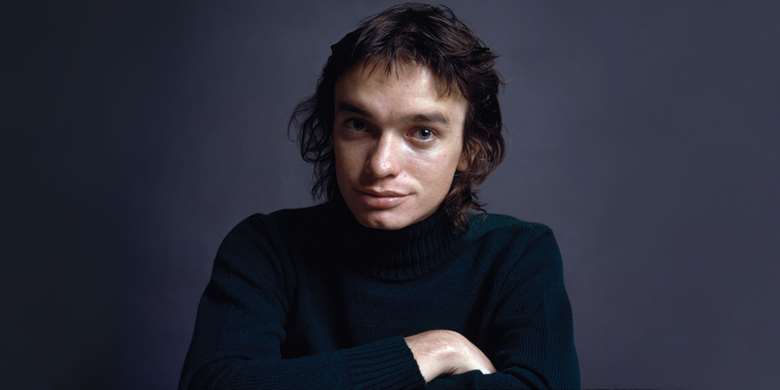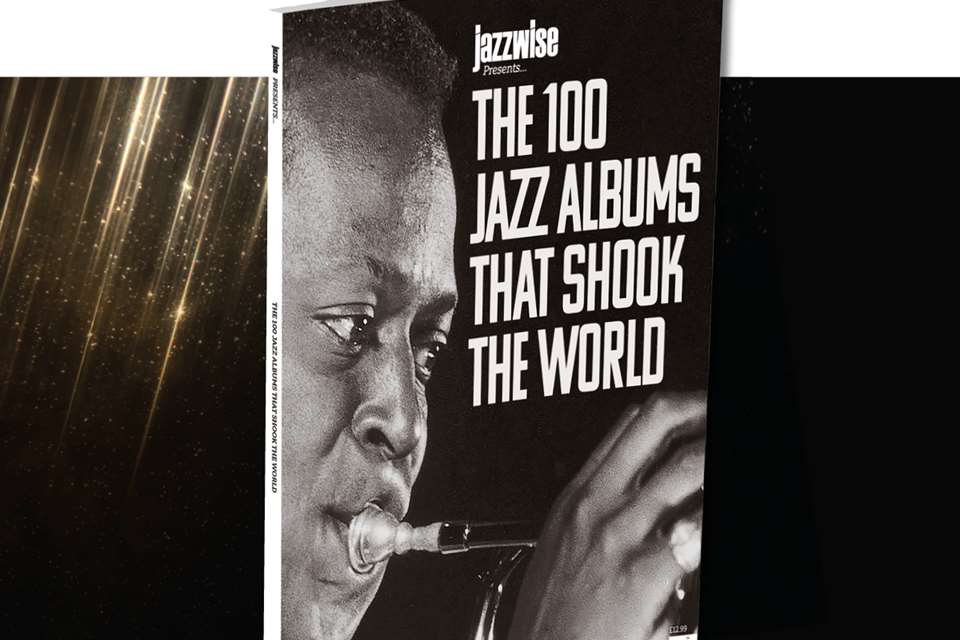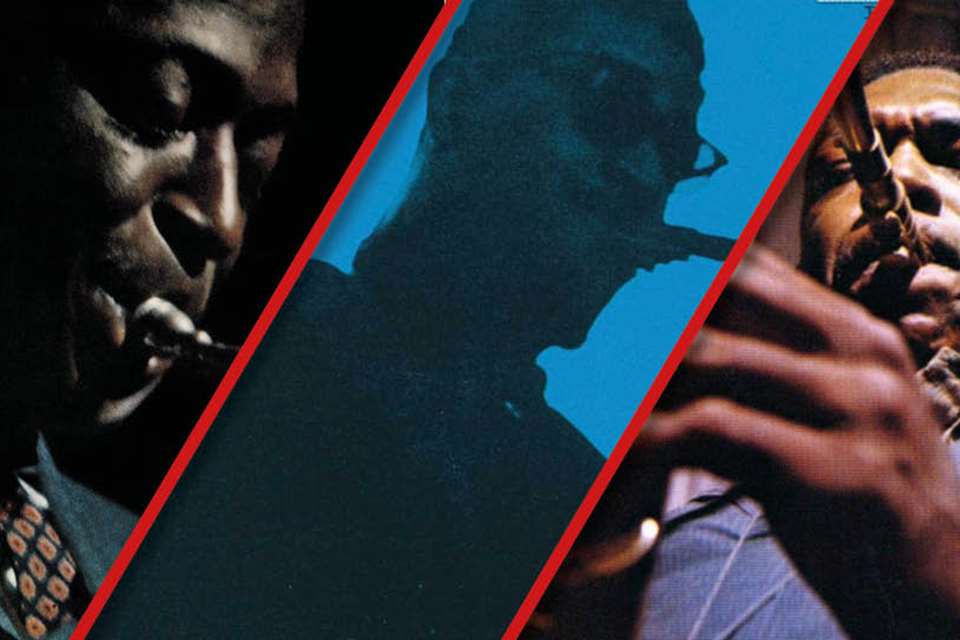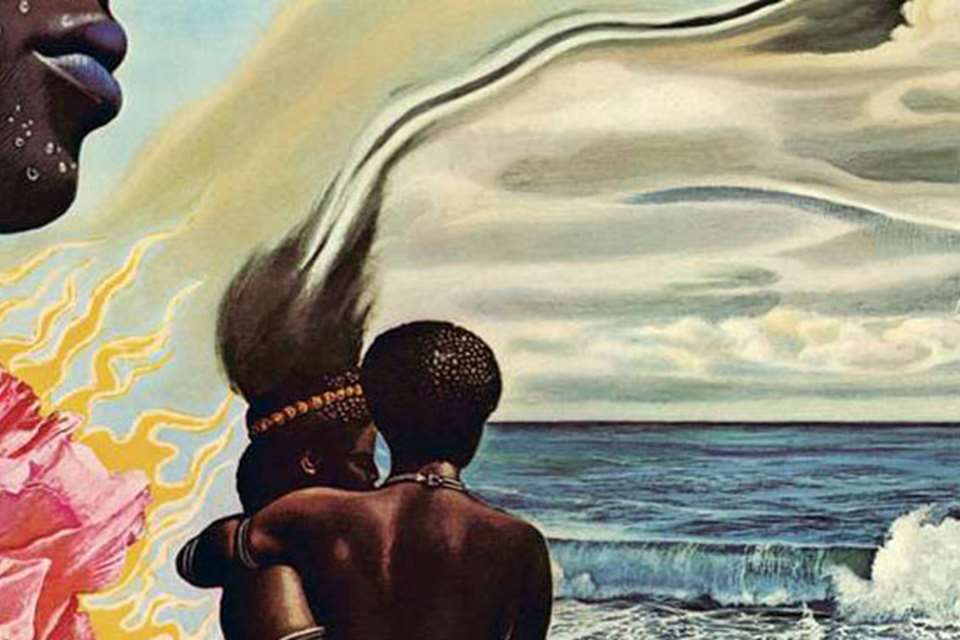Jaco Pastorius: Catch Me If You Can
Stuart Nicholson
Thursday, October 28, 2021
Jaco Pastorius made a seismic impact on the role, and voice, of the humble bass guitar, arriving with a bang in the mid-1970s he took the music world by storm. Stuart Nicholson surveys the bassist’s revolutionary approach, with input from Peter Erskine, Pat Metheny and Metallica bassist Robert Trujillo, who all acknowledge how Jaco’s huge legacy lives on today

On 1 April 1976, the electric bassist Jaco Pastorius joined the group Weather Report. One year later he was the talk of jazz and rock and his shooting-star career was under way – a brilliant solo debut album, six years with Weather Report, collaborative projects with high-profile artists such as Joni Mitchell and Pat Metheny, and his own dazzling Word of Mouth big band and small band projects, and then suddenly, on 21 September 1987, he was gone. In just over a decade in the public eye he had achieved more than most musicians achieve in a lifetime through a command of his instrument that literally defined the state-of-the-art. As Pat Metheny has pointed out: “It’s hard to underestimate the impact that Jaco had as a player, also as just a force in music. I can’t think of another musician who has affected more people on his or her instrument in a direct way, in modern times, as Jaco. Everywhere you go you hear traces of it, from CNN to radio commercials to big pop hits. Everywhere you turn, from different kinds of music, you hear remnants of a sound that did not exist prior to the time Jaco came on to the scene.”
After his death, Pastorius’s name slowly lost some of its lustre, quite possibly overshadowed by his final years, which were bedevilled by addiction to hard drugs and behavioural problems that people found hard to explain. As a consequence of his erratic and sometimes reckless actions his career slid off-piste in his final years and interest in his work declined. Subsequently, this dark side of his personality has tended to conspire against his very real achievements in jazz to the extent that Metallica’s Robert Trujillo, producer of the 2014 documentary film, Jaco, that’s helped reawaken interest in the man’s music, observed that Pastorius is: “The most important musician you might never had heard of.” Trujillo’s documentary features a roll-call of musicians from jazz, rock, soul, blues and funk who cite Pastorius as an inspiration, speaking of an artist who changed the game, as bass legend Bootsy Collins said, “Before Jaco, the bass didn’t know what it was.”
“Jaco had this weird ability that he could hear something once and not only remember it, but master it and play it in all 12 keys and laugh while he’s doing it” – Pat Metheny
Prior to his breakdown, the self-proclaimed (and undisputed) “greatest bass player in the world” was a man of enormous vitality, a prodigious talent who possessed a burning desire to take the bass guitar to undreamt of musical heights. This sunnier side of his persona is captured on Live in NYC: The Complete 1982 NPR Jazz Alive! Recording, on the Resonance label. On it, Pastorius leads his 22-piece Word of Mouth big band – including Peter Erskine, Bob Mintzer, Randy Brecker, Jon Faddis, Frank Wess, Lew Soloff, Howard Johnson and special guest Toot’s Thielemans – in a concert at Avery Fisher Hall in New York City on 27 June 1982 as part of George Wein’s Kool Jazz Festival. With no keyboards or guitars in the ensemble to get in his way, harmonically he is freed to let his musical imagination roam, providing the bottom end of the music and a commentary and obbligato to it, as well as establishing the very attitude of the music. It is among the most important documentations of Pastorius’s great talent we have.
The concert was originally broadcast on National Public Radio, and although some material has previously appeared on bootleg recordings, Resonance presents the concert in full, amounting to an additional 40 minutes of music. The only other time the whole concert has been heard in its entirety was when BBC Radio 3 put it out at 11.30pm on Saturday 14 November 1998. Resonance have meticulously restored the 24-track tapes for release using the original recording engineer from the broadcast, Paul Blakemore, a multiple Grammy Award-winner. Recently, The New York Times pointed out how Resonance has become “a leader in its field” in bringing important previously unreleased recordings by major jazz artists to the public’s attention, and Live in NYC: The Complete 1982 NPR Jazz Alive! Recording is no exception. When Peter Erskine, the Word of Mouth drummer on the album, heard it for an interview that appears in its complete form in the extensive liner notes, he commented: “On this gig Jaco’s playing is in peak form. To my ears, this concert in New York seemed to be maybe the best realisation of the big band. It certainly sounds better than any of the other concerts. And he’s conducting the band beautifully. He’s shaping the music in all sorts of ways. I had forgotten how good it was or how good it could be, because as time went on, his persona became distorted.”
Of the album’s 14 tracks we hear nine that had previously appeared on Twins I and Twins II recorded three months later on 1, 4 and 5 September during the band’s tour of Japan. However, the Resonance set presents far better sound quality, greater group cohesion and a degree of animation, invention and energy that the Japanese recordings lack. As Erskine points out: “‘Invitation’ is how [Live in NYC] starts and it’s pretty great. ‘The Chicken’ is terrific. The stuff with Toots is a revelation to hear. Jaco and Toots are both in kind of peak form. Everybody was. Everybody was really on their toes for this show… I would say that there’s no finer version of his musical vision than this particular concert and recording.”
Live in NYC came at a pivotal point in Pastorius’s career. The New York debut of the Word of Mouth band had taken place at the Savoy Theatre in New York City five months earlier, on 15 January 1982. According to Pastorius’s biographer Bill Milkowski, the event was “an impressive inauguration of Jaco’s post-Weather Report career.” Initially, things went well for the band, trombonist Dave Bargeron recalling: “It was a very exciting time. Jaco was completely healthy and taking care of business,” before adding darkly, “of, course that didn’t last long.” The reason was that Pastorius had begun to hang out at the 55 Grand Street, where, as guitarist Mike Stern points out: “The prevailing attitude was, ‘Who’s got some blow? Go get some blow. When am I gonna have some blow?’” Consequently, by the time of his Japanese tour, Pastorius was tottering on the edge of a dangerous slope that eventually led to his mental decline, leaving his 27 June concert at Avery Fisher Hall his last major statement before his life finally began to unravel.
Although in summer of 1982 Pastorius’s behaviour was giving rise for concern among those who knew him, at the end of August he and his full Word of Mouth ensemble, comprising a who’s-who of New York session musicians such as Randy Brecker, Bob Mintzer, Jon Faddis, Peter Erskine and Alex Foster embarked on a tour of Japan. “Jaco was acting crazy most of the time on that tour,” recalled saxophonist Alex Foster. Even on the flight out to Japan, Pastorius was walking up and down the aisles with coloured plastic tape on his face. One day he tried to paint himself black with a Magic Marker pen, on another occasion he just walked off stage in the middle of a set and on another he made front page news in Tokyo by throwing his bass into Hiroshima Bay. To cap it all, he drove into his hotel lobby on a motorcycle, fell off the bike and passed out with a dead squid under his T-shirt. On his return his antics grew significantly more bizarre – this was no rock’n’roll story of drugs, booze and partying but something far more serious, perhaps hypomania, perhaps bi-polar disorder, exacerbated by drink and drugs that culminated in a beating at the hands of a bouncer when he was trying to force his way into the Midnight Bottle Club in Fort Lauderdale during the early hours of 12 September 1987. After a massive brain hemorrhage his family reluctantly turned off the life support system on 21 September 1987. He was just 35 years of age.
But just what had made this player so great in his heyday? Pat Metheny, who gigged with him extensively when they both lived in the Miami area reflects on the Pastorius he knew as a teenager: “I moved to Miami and as soon as I got there everybody was talking about Jaco. It so happened that he was playing with Ira Sullivan, in a group called Baker’s Dozen, and they brought Jaco out to feature on his tune ‘Domingo’. Well, this guy was light years from where I was dealing with music. It so happened that we met and became good friends and started doing a lot of gigs together, playing shows with people like Liza Minelli – this would be 1972-73. Fretless bass was an instrument that had been around for a few years – he certainly wasn’t the first guy to do it – but he raised the standard of it to a completely different level. I mean, fretless bass – even today – is rarely played with the kind of intonation and precision that he brought to it, and he was just doing all those things on the bass with incredible eloquence. That was unusual for somebody of his age, we’re talking when I first knew him when he was only 18. Whatever talent Jaco had, you just couldn’t describe it. Most young musicians practice hard, try and learn tunes, they lock themselves in a room and practice all day long. But Jaco had this weird ability that he could hear something once and not only remember it, but master it and play it in all 12 keys and laugh while he’s doing it, and look at everybody and say, ‘What’s taking you so long?!’”
Pastorius’s approach to his instrument was unique because he pulled so many aspects of electric bass-playing under one roof, mastered every one of them, and created his own singular style by building on what had gone before. From pop and rock he absorbed the nimble Tamla Motown bassist James Jamerson (his is the memorable bassline on Mavin Gaye’s ‘What’s Going On’) who moved away from the root, fifth and its simple variations to chromatic runs, chord inversions and extensions, the use of ‘open notes’ (which became something of a signature sound), and a funkier, much more syncopated approach than had been the norm in the 1950s and early 1960s. In turn, Jamerson influenced a number of important bassists like Fred Thomas (James Brown’s bassist whose lines have been massively sampled), Bootsy Collins (James Brown, Parliament/Funkadelic) and Larry Graham (Sly and the Family Stone/Graham Central Station) whom Pastorius also thoroughly absorbed. Of the three, Graham is arguably the most influential bass player in rock – not just because he played with his thumb (which Pastorius emulated), but because of his unique style of ‘slapping and popping’ – thumping the low strings with his thumb and plucking the top strings to get a sharp percussive sound. As Bootsy Collins noted: “Everybody started to take credit for it, but it was Larry Graham – definitely Larry Graham – he was doin’ with a bass what nobody was even thinking about.” And from jazz Jaco took the virtuosity of acoustic bassist Scott LaFaro, which had been translated to electric bass by Stanley Clarke.
Pastorius mastered these diverse influences, to which he added an octave technique, which until then had only been used by guitarists, and a stunning facility with harmonics (which he often used melodically, such as in his composition ‘Portrait of Tracy’ or on the ‘pinched’ harmonics melody of Weather Report’s ‘Birdland’, which is often mistaken for guitar) and from all this something emerged that was clearly and identifiably Pastorius’s own style. Because his playing covered so many facets of the electric bass, both jazz and rock musicians simply had to absorb his ideas to remain au courant, such was his influence then, as now. And then, with Live in NYC: The Complete 1982 NPR Jazz Alive! Recording he reveals a whole different set of influences that coloured his big band orchestrations, as Peter Erskine points out: “He loved big band music. He loved Thad [Jones] and Mel’s [Lewis] band. He loved the big bands that recorded the themes for all the TV shows he grew up listening to. And he loved Sinatra albums. So he had a strong connection to big bands. And the Wayne Cochran and the C.C. Riders band [with whom he began his career] was kind of a big band. Word of Mouth was Jaco’s way of bringing everything he loved musically into one place and under one roof. And I think under the roof of Avery Fisher Hall on this June night of 1982, was probably, undoubtedly, the best documentation of what he was trying to do.”
This article originally appeared in the March 2017 issue of Jazzwise magazine. Never miss an issue – subscribe today



